
Nissan Juke SUV engines, drive and performance
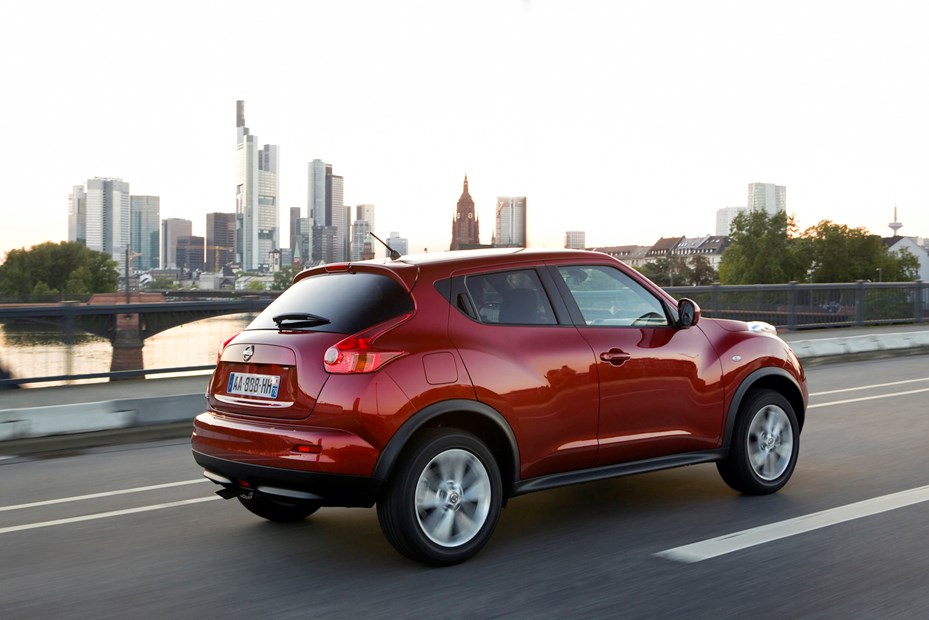
- Just two Juke engines in 2018
- One petrol and one frugal diesel
- Performance adequate, if not rapid
Given the sporty look of the car, Nissan Juke performance is a bit of a mixed bag depending on which engine you opt for. Although as of 2018 there are just two motors to choose from if buying new, with the performance-focused Nismo RS among those that are now available only as a used buy.
Sole petrol offering
The Juke’s petrol engine line-up has undergone significant change in its life, with several different motors coming on and off sale. However, as of 2018, just one petrol engine is available – a 1.6-litre naturally-aspirated (meaning without a turbo) unit producing 112hp and 144Nm of torque.
With the standard five-speed manual gearbox, this version takes 12.5 seconds to get from 0-62mph, so you’ll need to be patient. Go for the Xtronic CVT automatic gearbox and it’s 12.3 seconds.
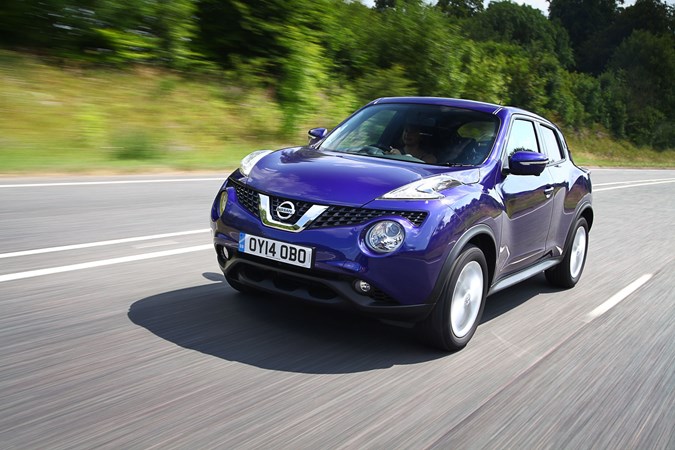
With the auto ‘box fitted, it’s slow to respond and this makes it feel more sluggish than it really is. it also makes a lot of noise in the process.
One frugal dCi diesel engine
Now the sole defender of the diesel faith in the Nissan Juke range is a Renault-sourced 110hp 1.5-litre turbo – badged dCi 110 – that offers 260Nm of torque, 0-62mph in 11.2 seconds and a top speed of 109mph, making it the quickest Juke available.
It pulls strongly at low revs, but has its work cut out on faster roads and when overtaking, and it’s also too noisy when cruising at the national speed limit. However, the extra torque on offer makes it a far better option than the 1.6-litre petrol, which can feel a bit wheezy and underpowered.
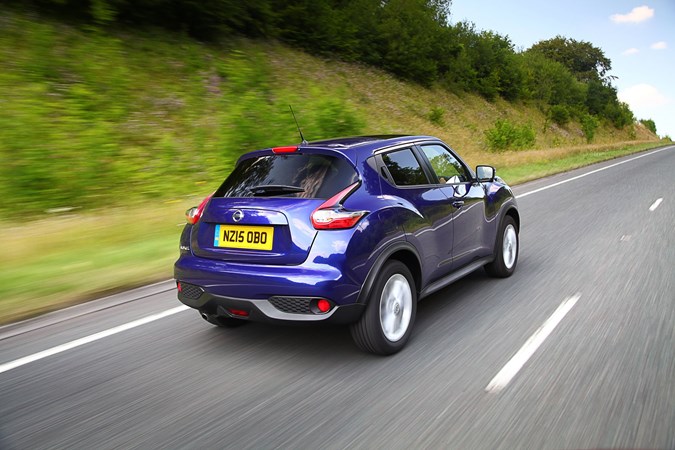
Nissan Juke Nismo RS
Powering the hottest version of the Juke was a 1.6-litre DIG-T petrol providing 218hp and 280Nm of torque when mated to a six-speed manual gearbox. 0-62mph is taken care of in 7.0 seconds, and it’ll go on to reach a maximum speed of 137mph.
This is the fastest Juke by a significant margin, but the engine isn’t the smoothest or happiest when worked hard, booming away and providing an inconsistent spread of power.
Unlike most turbocharged petrol engines, which provide a good slug of power at low engine speeds, this one takes a little winding up. It picks up at middling engine speeds, though power fades somewhat in the mid-range. Push harder and the Nismo RS picks up again towards the red line.
This inconsistency makes this Juke frustrating to drive, as it’s hard to know how much power is on tap, depending on which gear you’re in. While it’s more than fast enough for most, keen drivers will probably want a more rounded machine.
Four-wheel drive is also available with this model but, like in the regular Juke, it’s only available with a CVT gearbox, named M-Xtronic. In this form, the Nismo RS produces 214hp and 250Nm of torque, taking one second longer to reach 62mph from a standstill, with a 124mph top speed.
Engines no longer available
The entry-level engine used to be a 94hp version of the 1.6-litre naturally aspirated engine that was only available in base-spec Visia trim and with a five-speed manual gearbox. It produces 140Nm of torque, which isn’t really enough for the Juke to feel particularly energetic. The 0-62mph sprint takes 12 seconds, while top speed is 104mph.
Mid-way through the Juke’s life, a turbocharged 1.2-litre DIG-T engine was added to the line-up, producing 115hp and a more useable 190Nm of torque. In reality, you do still have to work the engine hard to make swift progress, as it still takes 10.8 seconds to go from 0-62mph, and the power quickly drops off as the revs rise because of the way most of its muscle is delivered at low engine speeds.
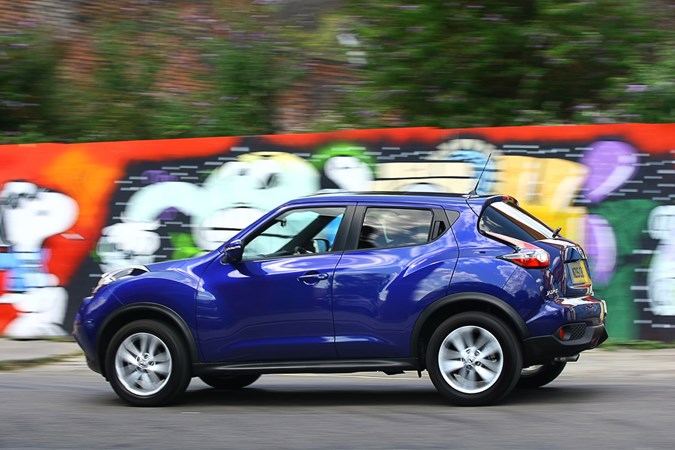
However, if you ignore the effect it’s having on fuel consumption, there’s fun to be had in revving out this engine. It doesn’t make the most exciting sound, but it’ll be more than nippy enough for most drivers, especially if it’s just in town, while at speed it doesn’t take long to complete an overtaking manoeuvre once you’ve changed down a gear or two.
The six-speed manual gearbox is slick enough, though a little vague in feel, but on the upside, the gearlever itself is positioned nicely thanks to the slightly raised centre console, meaning it falls easily to hand.
If you’re after more performance, a much livelier 190hp 1.6-litre DIG-T turbo petrol used to power the most potent version of the regular Juke. The 0-62mph time drops to just 8.0 seconds, and a four-wheel drive version is also available with an 8.4-second 0-62mph time. The only problem is you can only get the four-wheel drive model with the CVT gearbox, hampering performance somewhat.
Ride and handling
- Strong grip in corners
- Body roll lets the Juke down
- Steering is quick, but lacking in feel
A game of two halves. While we like the levels of grip that the Juke offers in tight corners as well as the quick steering, we’re not that enamoured with the ride and amount of body lean. The Juke, in any guise, tends to lunge quite heavily if you enter a corner with any kind of gusto and that rather stiff suspension can start to irritate when cruising on less-than-smooth road surfaces.
Although quick, the steering still is a little rubbery and you never feel that connected to the road. The gearchange can be a little niggly when you’re changing across the ‘H’ but it’s okay when moving the lever directly backwards or forwards.
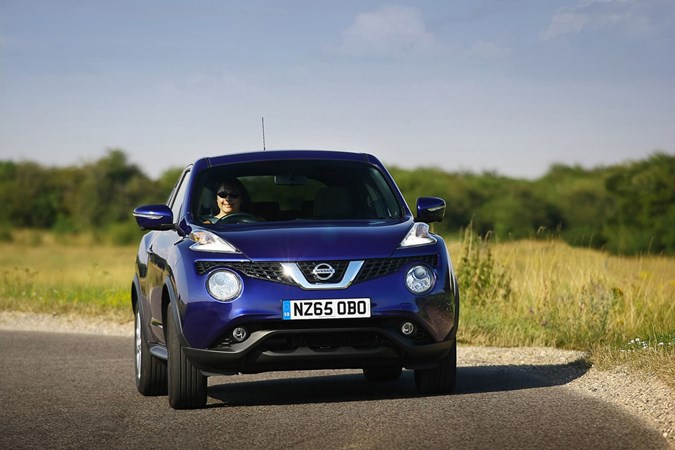
The Juke isn’t a car you would go for if you want driving enjoyment, but as a motorway or urban cruiser it’s good enough for the job.
On Acenta trim and above, Nissan’s Dynamic Control system is fitted that has three drive mode settings: Eco, Normal and Sport – confusingly selected via the screen that displays the climate control.
This adjusts the steering and throttle response according to the driving conditions. If you want to save fuel in city traffic stick it in Eco but if you are cruising around town or on a B-road you can leave it Normal. Then if you feel the need to have a bit of a blast, shove it in Sport mode and you’ll feel a marked, and welcome, change in the throttle response in particular.
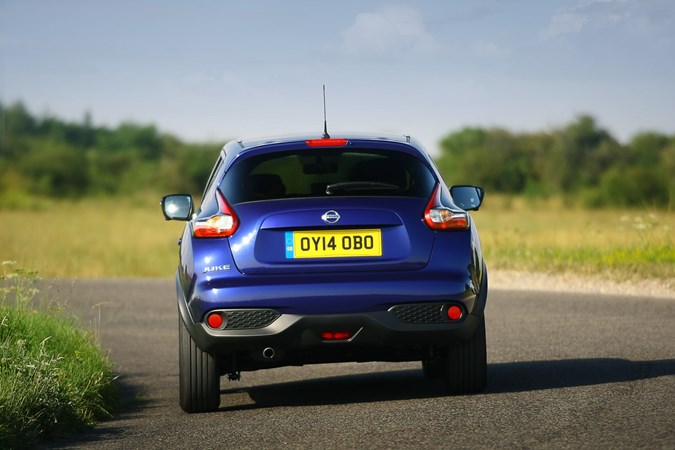
A display will give you information about your fuel consumption when in Eco and tell you information about the car’s performance in the other modes.
Nissan Juke Nismo RS
The Juke Nismo RS benefits from stiffer springs over the standard car and an altered steering rack.
The stiffer suspension means less body roll in the corners than the standard Juke, which makes for a more rewarding driving experience. Body control is very good, and although the ride is firm it does soak up bumps better than you might expect.
The ride is notably stiffer than the standard car with the hard, body-hugging sports seats compromising comfort further over the normal Juke; if you want a cushy car for cruising around town, this isn’t it.
.jpg)
This does mean that the car is more agile through the bends, however, proving surprisingly sporty with a limited-slip differential maximising grip from the front tyres.
The steering is nice and precise, and while not brimming with feedback it helps the driver to place the car accurately. Overall, the handling is playful enough to keep keen drivers happy yet still remains safe and predictable.
All-wheel drive Nismos get the same clever torque vectoring system as the regular 4WD Juke – this is a system that shuffles the car’s power between all four wheels to keep it on the right line when cornering.
Power is sent only to the front wheels when the car is travelling in a straight line, and then partially sent to the rear wheels when the driver begins steering. The largest amount of power goes to the outside rear wheel to help steer the car towards the inside of the corner and prevent it running wide.


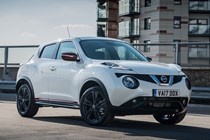
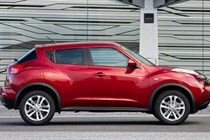
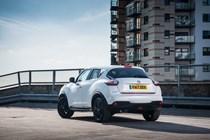
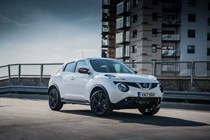
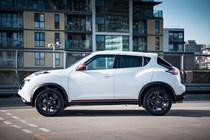
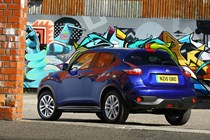
.jpg)
.jpg)
.jpg)
.jpg)
.jpg)
.jpg)
.jpg)
.jpg)
.jpg)
.jpg)
.jpg)

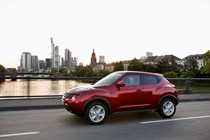
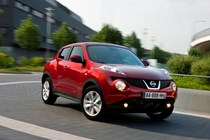
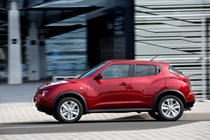


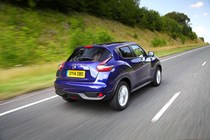


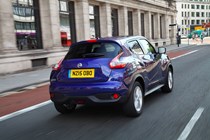

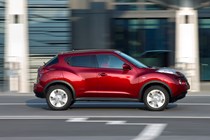
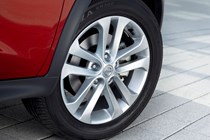
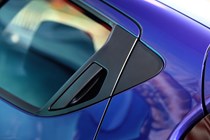

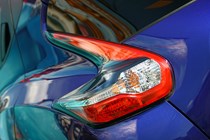
.jpg)
.jpg)
.jpg)
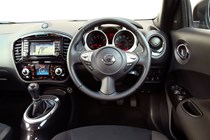
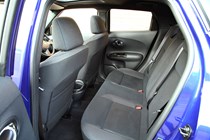
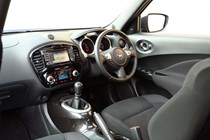
.jpg)
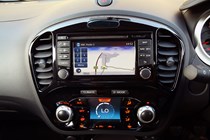
.jpg)
.jpg)

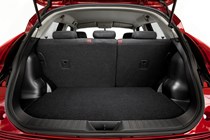
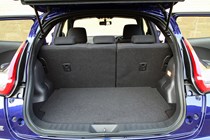
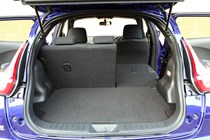
.jpg)
.jpg)
.jpg)
.jpg)
.jpg)
.jpg)
.jpg)
.jpg)






.jpg?quality=50)
.jpg?quality=50)
.jpg?quality=50)
.jpg?quality=50)
.jpg?quality=50)
.jpg?quality=50)
.jpg?quality=50)
.jpg?quality=50)
.jpg?quality=50)
.jpg?quality=50)
.jpg?quality=50)
















.jpg?quality=50)
.jpg?quality=50)
.jpg?quality=50)



.jpg?quality=50)

.jpg?quality=50)
.jpg?quality=50)




.jpg?quality=50)
.jpg?quality=50)
.jpg?quality=50)
.jpg?quality=50)
.jpg?quality=50)
.jpg?quality=50)
.jpg?quality=50)
.jpg?quality=50)